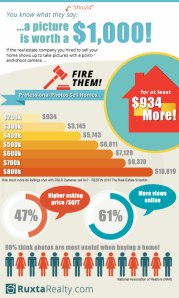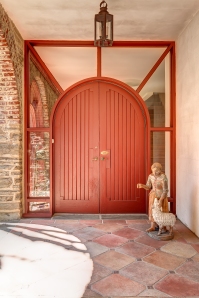Dear Bride-to-Be,
I’m speaking to you as your photographer. As a professional with multiple years of experience and dozens of weddings under my belt. I will provide you with the best images possible because I am a Professional. This will be the one part of your special day that you shouldn’t have to worry about. But…….. Please do us both a favor and stop looking at Pinterest right now! Though I think Pinterest is a great place for ideas and possibilities, please keep these thoughts in mind.
- Those beautiful images you see take time to craft. (Not to mention organize) So don’t think you’re going to get that gorgeous image with your dresses hanging from the beautifully backlit window and all of your bridesmaids in front of them in the two minutes you’ve graciously allowed in between getting your make-up and hair finished and needing to leave for the ceremony.
- Please, Please, PLEASE hire a coordinator or designate somebody not in the wedding party to be your timekeeper and people wrangler. This can go a long way to help relieve some stress and anxiety on you. Which ties into the next thought.
- Allow yourself plenty of time for your formals. This is especially true if you have a large wedding party and/or family. Also make sure you’ve allowed enough travel time if you are doing the formals away from the ceremony or reception venue. Also make sure you’ve allowed some set-up time for your photographer. Those images you see on Pinterest don’t just happen. They take a little preparation. This is the place where the coordinator/people wrangler will definitely come in handy. If you don’t take the time for great images your images won’t be great.
- This is the “Big One”. Take the time before the big day to communicate with me. This can be a phone call, an email, or even a text, This one, simple, little thing can save both of us confusion, frustration and disappointment. In this communication let me know if there are specific shots or types of shots you want or if there are specific locations we will be going to and who will be going there with us. Give me a basic time line that we can discuss and maybe modify if need be. I’ll be able to tell you if the amount of time you’ve allotted will be sufficient. After all with my experience I can tell you if the 10 minutes you’ve allowed will be enough to shoot your bridal party of twenty and your entire extended family. Let me know who the contact person is at the ceremony, the reception location and who the coordinator or helper for you will be. The more information you can provide, the more prepared I will be and the better the images of your special day will be.
- Remember it’s YOUR big day. And while the coordinator and venue have a schedule they would like to maintain, if you want to take an extra 10 minutes for pictures before the introductions at the reception, that is completely up to you. Trust me none of your guests are going to mind or care. But you will forever remember the fact that you didn’t get the one image you really wanted.
- I’ll consider this the second “Big One”. If you’ve hired a “photographer” from Craigslist you can expect to get what you’ve paid for. The “photographer” you hired from Craigslist might be somebody who got an DSLR for Christmas, or a student or an Uncle Joe with a camera. Part of the reason those images on Pinterest look so good is because the bride and groom have shelled out a descent amount of money for a professional. Part of the process of being a wedding photographer is the post-production. You don’t see this work but you see the results. I spend hours and hours making your images look great. In most instances it’s more time than I spent at your wedding day. This is what really defines my style and why you to hiring me in the first place. If you’ve hired that Craigslist photographer for $400 to cover a 12 hour day, don’t anticipate that your images are going to be stellar. They just won’t be. In the end you’ll be disappointed. You’ll blame the photographer for this and that’s just not fair. Why is it your fault? You have not provided the photographer the time or budget needed to properly finish the images. In wedding photography, like everything else, you get what you pay for.
So. In the end the bottom line is; A) Hire a professional photographer. B) Be prepared to spend some money on them. C) Be realistic about your timeline for the day. D) Communicate with your photographer. E) Be realistic in your expectations of the product you wind up with based upon all of the factors listed above. F) And most of all enjoy YOUR day!
Sincerely,
Your Photographer









 listing your potential buyer spends 60% of their time looking at the photos, 20% of their time looking at the property description and the remaining 20% on the realtor’s remarks. (These stats taken from the same WSJ article from March 2013) So if we do a little math that means; 56 seconds on photos. 18.5 seconds on the property description and another 18.5 seconds on the realtor’s remarks. Not a lot of time on those wonderful few paragraphs that you’ve slaved hours over is it? Based on these statistics the best place for you to spend your marketing dollars is not in the hours spent trying to come with adjectives and superlatives to describe the property. It’s in the planning and preparation for the images.
listing your potential buyer spends 60% of their time looking at the photos, 20% of their time looking at the property description and the remaining 20% on the realtor’s remarks. (These stats taken from the same WSJ article from March 2013) So if we do a little math that means; 56 seconds on photos. 18.5 seconds on the property description and another 18.5 seconds on the realtor’s remarks. Not a lot of time on those wonderful few paragraphs that you’ve slaved hours over is it? Based on these statistics the best place for you to spend your marketing dollars is not in the hours spent trying to come with adjectives and superlatives to describe the property. It’s in the planning and preparation for the images.








